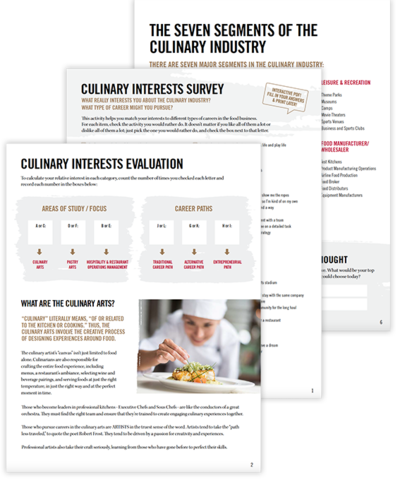Tool Spotlight: Cleaver
Although many home chefs have stopped butchering their own cuts of meat, a meat cleaver comes in handy when they do. Buying cuts of meat from the grocery store or your local butcher may be convenient, but you can save money and control exactly what cut you get if you choose take matters into your own hands.
Cleavers are good for more than just cutting through bone and deconstructing a chicken. Cleavers are also great for cutting hearty vegetables like potatoes or seafood like lobster, and the flat of the blade is even good for crushing garlic. Cleavers are made from softer steel and a thicker blade to effectively cut through hard bones without breaking or buckling. The edge of the blade doesn’t need to be sharp like other knives. The edge should be blunter than most of the other knives in your kitchen. The cleaver should also always be paired with a sturdy, reliable cutting board that can withstand repeated blows. The last thing you want to do is cut straight through your board and into your counter top.
Unless you plan to start butchering all your own meats, you don’t need to drop a lot of money on a cleaver. You can get a decent one that will get the job done for less than $30. Some attractive cleavers are available that are just as much a centerpiece as they are a cooking tool. These decorative cleavers are often Asian-inspired, and although the design may be alluring, they could set you back a pretty penny.
If you plan on cutting a few everyday items and occasionally cutting through bone for stocks or butchering, you don’t need an expensive knife. Look for a blade made from high carbon steel that will be strong and effective. Some cleavers may be pretty heavy, so be sure to handle it before you make the purchase. Chefs with less arm strength tend to dislike heavy cleavers because they feel it weighs them down. Although you may not use a cleaver as often as a paring knife or a utility knife, it is certainly a good addition to your kitchen collection.
If you like this post, please be sure to check out the following!
Knife Skills
How To Make Your Knives Last A Lifetime
Tool Spotlight: Santoku Knives





Recent Comments